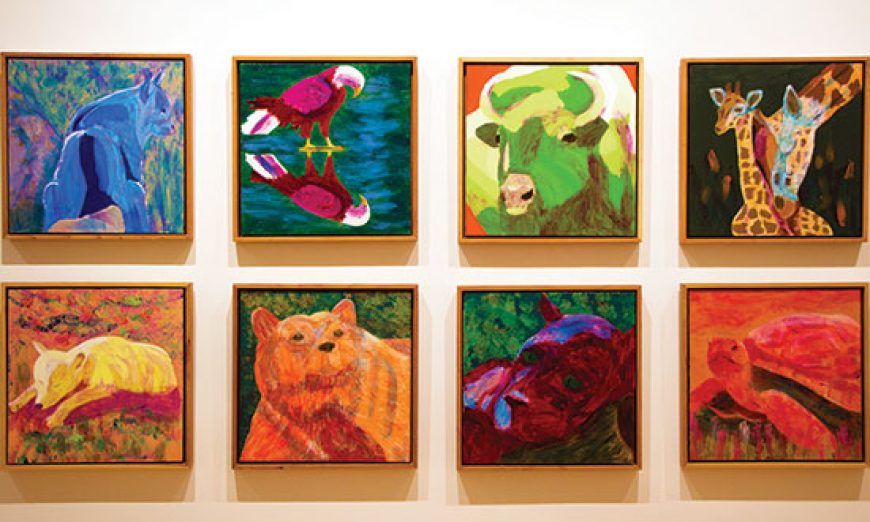For some, the idea of creating a piece of art might be intimidating. Artistic aptitude is not an ability everyone has, but the majority of people can piece a painting or drawing together in an abstract or crudely drawn reflection of life. For others, the concept of taking a photograph is less frightening. Even if not fully trained in lighting, aperture and shutter speed, grabbing a digital camera or mobile phone and snapping a few images seems easy enough. For all able bodied people, however, the ability to create may be taken for granted, and some would rather appreciate the efforts of others.
But imagine wanting to be creative, but having a body physically unable to complete the job. Some may give up, putting their passions aside and partaking in activities more in line with their personal restrictions. Others may see their disabilities as physical quirks and defy the odds, finding creative ways to interpret their visions. They choose to be more than the hand they were dealt and instead of staying silent, stand up to their restrictions and create paintings, prints and photographs undefined by their impairments.
As the subject of a series of exhibitions on disabled artists, the Triton Museum of Art is currently showing ArtsAbled: What Barriers?, a collection of artwork from four artists who have not let their physical limitations define them.
Take painter and Santa Clara native Donald Ryker, for example. Afflicted with Cerebral Palsy, Ryker has minimal control over his limbs and creates visually powerful images of domestic and wild animals using a paintbrush attached to a hardhat. With controlled head movements that are extremely difficult for him to make, Ryker blends backgrounds from light to dark, mixes hues to develop saturated colors and experiments with paint thickness, sponges and cloth to achieve depth and texture in his images.
“I want people to see my art and feel positive,” he says. “I want them to connect with animals, and be inspired by nature. I also want them to know that a person in a wheelchair can be creative and expressive and successful.”
Photographer Ali Shahrouzi is also wheelchair-bound, suffering from the same malady as Ryker. Without the use of his hands or legs, Shahrouzi relies on the help of an assistant to perform the tasks he cannot. Using analog photography, Shahrouzi finds and frames the image he hopes to capture. He directs the exact positioning of the camera and develops his own photos, dictating the chemical processing he wants to his assistant when they’re in the darkroom.
“He really knows his stuff,” says Triton Chief Curator Preston Metcalf. “He’s physically not doing it but he’s telling [his assistant] every little detail. It’s amazing.”
Jessica Keller has central core disease, a type of muscular dystrophy in which her muscles waste away, as well as arthritis in her hands and arms. The paintings she submitted to the show are painted replicas of photographs she has taken, and the final artist showcased in ArtsAbled: What Barriers? is deceased printmaker Roy Ward Ragle. Ragle battled Crohn’s Disease, mobility issues and muscular impairments that made his craft nearly impossible. Before his death in 2014, Ragle’s limited use of his limbs led him to create prints by using an ink pad and thumbprints. Two of his works have been curated for the show.
ArtsAbled: What Barriers? is at the Triton Museum of Art, 1005 Warburton Ave., from now until Oct. 29. Visit www.tritonmuseum.org for more information.






